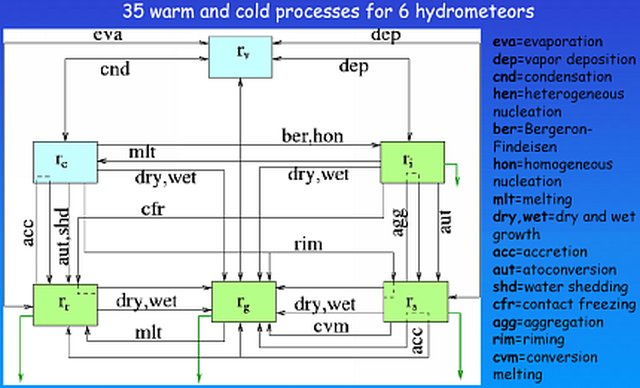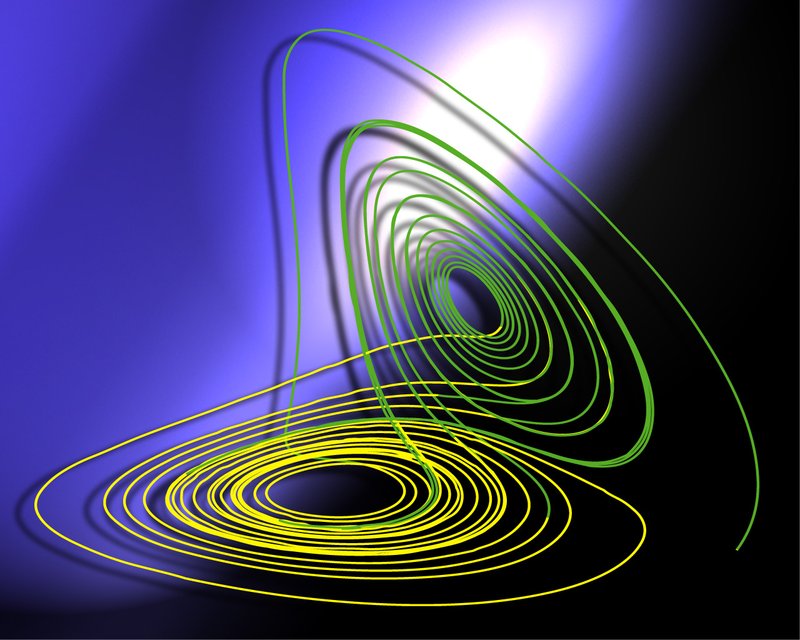Short history of numerical weather prediction (NWP)
Although surprising for a layman, the evolution of the weather can be described by physical laws (Navier-Stokes equations, the first law of thermodynamics, and the law of mass conservation) with a relatively high accuracy. Since the mid 1800's meteorologists have been excited by the question whether the most important physical laws, determining the evolution of the atmospheric processes, can be composed in the form of mathematical equations, and whether it is possible to prepare weather forecasts by solving these equations. The physical-mathematical equations describing the atmospheric processes have been synthesized first by Lewis Frey Richardson in his book entitled „Weather prediction by numerical processes” in 1922. The solution of these equations however have been obtained only 28 years later with the appearance of the first computers. The first numerical weather prediction has been accomplished in 1950 in the USA, among others, with the contribution of János Neumann (a bright mathematician with Hungarian origins) on a computer called ENIAC (Electronic Numerical Integrator And Computer) and developed for the American army. It took five more years to achieve the first operational numerical weather forecast in Sweden. Since the 1950's both computing science and meteorology went through a substantial development and today numerical simulations of the weather (numerical weather prediction models) are indispensable in the forecasting practice. This means that national meteorological services all have access to certain numerical model outputs and often they are also involved in weather prediction model developments focusing on their specific region of interest.
Regular run and development of high-resolution weather forecast models
At OMSZ, medium range weather forecasts (7-10 days) are mainly based on the global model developed at ECMWF (European Centre for Medium Range Weather Forecasts). Short-range forecasts (0-48 hours) with detailed spatial resolution are based on locally executed and developed regional models (ALADIN, AROME). OMSZ takes part in the development of these models since 1992 in the frame of the ALADIN and LACE consortia. These cooperation frameworks allow OMSZ to access the source code of the above mentioned models and to develop it according to its regional needs. Any cooperating partner can commit its own developments to a newer version of the reference source code, which becomes accessible to all other consortium members in this way. This framework ensures the continuous development of the model source code and on the long term the improvement of short-range forecast skills. Local model developments at OMSZ impose substantial added value in terms of forecasting capacity for the Carpathian-basin, because these developments allow a specialization for the region specific processes. The most important advantages of the local model development capacity is summarized in the following list:
- The region of interest (model domain) can be freely defined, as well as the range and frequency of forecasts
- The spatial and temporal resolution of forecasts is freely definable
- A focus on regional physical processes is enabled
- The assimilation of high-resolution local observations (surface, radar, GPS, satellite and aircraft measurements) is enabled, which is essential for the initialization of small scale meteorological processes dominant over Hungary
Forecast outputs of regional NWP models are widely applicable. The most important application areas are as follows:
- Weather warning (forecasting of extreme weather events)
- Air quality modeling (forecasting e.g. smog and volcanic ash transport)
- Aviation (detailed visibility, wind and precipitation forecasts in the vicinity of airports)
- Road meteorology (forecasting of dangerous road conditions)
- Hydrology (precipitation forecasts for runoff- and flood models)
- Wind energy estimation (estimation of wind power-plant production based on wind forecasts)
- Estimation of heating requirements (production optimization for thermal power stations based on temperature forecasts)
- Environmental studies (e.g. estimate the impact of building power stations on the environment)
- Education (training of students in the field of NWP)
User applications of numerical weather prediction outputs
Development areas related to numerical weather prediction at OMSZ
- Operational runs of local versions of the ALADIN and AROME models at OMSZ. Results of the operational runs are used daily by OMSZ forecasters, by the media and by specialized customers (aviation, energy, renewable energy sectors).
|
Domain and orography of the ALADIN model |
Domain and orography of the AROME model |
- Development of data assimilation systems for the ALADIN and AROME models, which ensures accurate initial conditions to start up numerical weather forecasts.

Data assimilation cycle of the ALADIN model
- Development of physical parametrizations for the ALADIN and AROME models, which ensures that the most important physical processes (radiation, turbulence, micro-physics, etc.) are taken into account with an improving accuracy.

Micro-physical processes taken into account in the AROME model
- Development of an ensemble prediction system based on the ALADIN mode (LAMEPS). The goal is to extend the forecast information (expected value) with information on the forecast uncertainty, especially for severe weather events.

The Lorenz attraktor, often cited by ensemble prediction scientists
OMSZ: 9 April 2013












